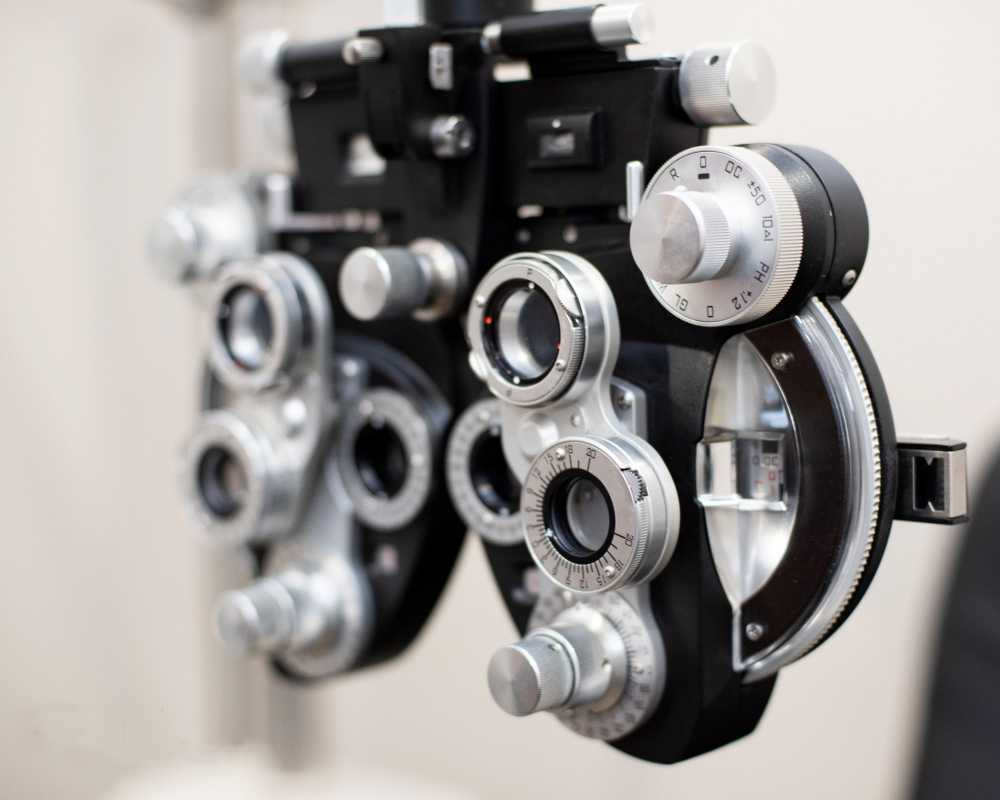What Conditions Can Vision Therapy Treat?

How are your visual skills? When it comes to our vision, most of us only think about how clearly we can see the world around us and how this impacts our day-to-day life. However, there is much more to vision than just clarity. As we grow, we develop a range of visual skills and abilities that help us to function day-to-day. Many of these we take for granted – unless these skills aren’t up to scratch and are affecting how we perform ordinary tasks.
Vision therapy is a term used by optometrists to describe a type of treatment that is used to develop or improve visual skills and abilities. Although it is most often recommended for children (since their visual skills are still naturally developing until their teenage years), vision therapy can also be a valuable tool in addressing vision problems in adults.
The effects of poor visual skills
Unsurprisingly, poor visual skills predominantly affect our ability to perform many day-to-day tasks. These include things like catching a ball, judging the speed of traffic, walking up and downstairs, or shifting between looking at different stimuli quickly and easily. However, the effects of poor visual skills can also extend to the wider body. Some patients also experience:
Headaches
Eye fatigue
Stiff neck and shoulders
Neck, shoulder, and upper back pain
Eyestrain
Double vision
If you are experiencing any of the symptoms listed above, you could benefit from vision therapy.
Conditions that vision therapy can treat
Vision therapy can be used to treat a number of different visual conditions, including:
Amblyopia. This condition is better known as ‘lazy eye’ and is a vision development issue that occurs where one eye is unable to reach normal visual acuity. This is usually a result of problems with eye teaming skills, or because the patient also has a condition called strabismus.
Strabismus. Strabismus, also known as crossed eyes, happens when the eyes don’t line up with one another. Instead, one eye is turned in a direction that is different to the other eye. It happens when the muscles that control eye movement don’t work in unison to point both eyes in the same direction.
Binocular vision dysfunction. Known as BVD, this condition occurs when the patient has visual misalignment issues. Ideally, the brain takes the image seen by each eye and combines them into a single, clear image. In patients with BVD, misalignment means that the brain has to work exceptionally hard to compensate for the offset visual images, and this results in a range of symptoms, from headaches and eye strain to double vision.
Eye movement problems. Our eyes need to move between the different objects that we see, and this usually happens extremely quickly and subconsciously. Patients who lack this visual skill may find it difficult to track moving objects or to change the subject of their focus rapidly when required.
What to expect from vision therapy
Vision therapy is an in-office treatment plan that is tailored to the individual needs of each patient. This means that exactly what visual skills will be worked on and how many sessions you will need will vary. However, most patients will be asked to attend an appointment at least once per week, and this will usually last around an hour.
Some of the visual skills that may be worked on could include:
Tracking skills
Depth perception
Peripheral vision
Acuity at different distances
Fixation
Binocular vision
Shifting focus
Visualization
Your eye doctor will be able to advise you which visual skills your treatment plan will target and explain which techniques will be used to improve them. All treatment techniques are painless, non-invasive, and drug-free, such as the use of patches, prisms, and exercises.
To find out more about vision therapy, visit St. Marys Family Eyecare at our office in St. Marys, OH. Call (419) 800-0400 to schedule an appointment today.






